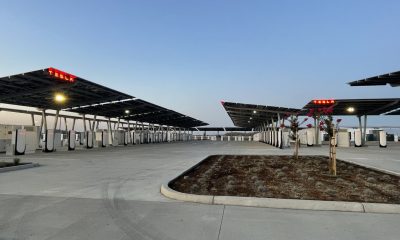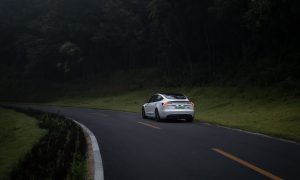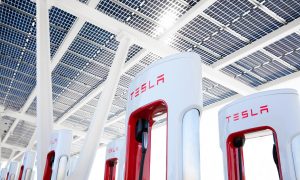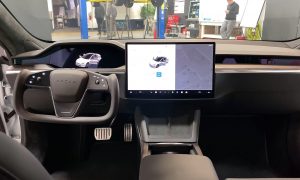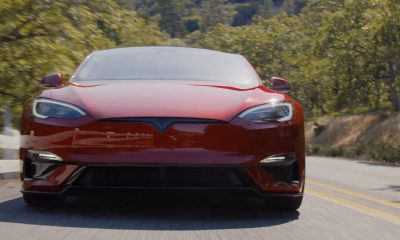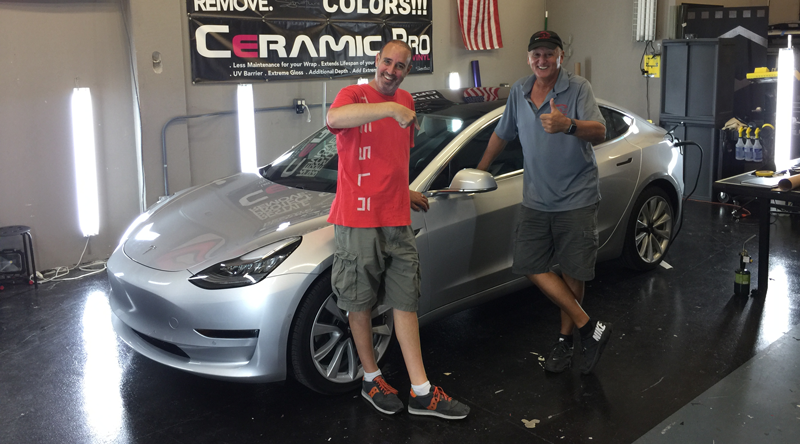

News
Tesla Showdown: We got a Model 3 and compared it to a Model S [Video]
We’ve seen a handful of Tesla Model 3 review videos floating around — including an excellent hour-long, deep-dive into the car’s features by our friends at Model 3 Owners Club. That said, we just got a chance to conduct an in-depth evaluation of Model 3 for ourselves. It’s a fascinating car and in our view, will come to dominate the mid-sized sedan segment over the next few years.
 |
Above: Considering the differences between the two Tesla sedans (Photo: EVANNEX)
In some ways, Model 3 demonstrates how Tesla has elevated its interior design capabilities and improved the integration of features, functionality, and storage as the company moves forward. In other ways, Model 3 reinforces the contention that Model S remains Tesla’s flagship sedan. We think it’s worth comparing and contrasting the two Tesla sedans to better understand the differences between the cars.
Above: Examining a few of the subtle, and not-so-subtle similarities and differences between Tesla’s Model 3 and Model S (Youtube: EVANNEX)
We spent two full days with the Model 3, reviewing the interior and exterior in granular detail. We examined the car through the lens of five years (since 2012!) of Model S ownership. Sure, some Tesla owners (like us) are wondering how these siblings stack up against one another. But there are many others pondering the possibility of owning their first Tesla. The big question is… if you’re considering the purchase of a Tesla Model 3 or Tesla Model S, which one should you buy?
Interior
Let’s compare and contrast some of the interior features of Model 3 and Model S with particular emphasis on driving and vehicle control displays, HVAC capabilities, interior volume and storage, the front driver’s compartment, and the little things that add functionality to the interior.
 |
Above: A look inside the Tesla Model 3 interior (Photo: EVANNEX)
Driving and vehicle control displays. The Model S boasts two digital displays instead of one in the Model 3. The Model 3’s horizontal, center display is also smaller (15-inch) vs. a vertical, center display which is larger (17-inch) in the Model S. Because Model S retains an information display immediately in front of the driver, it provides somewhat more comprehensive information content. As an aside, the 15-inch landscape display in Model 3 appears to be larger than it is and provides a full range of driving and vehicle information at a glance.
HVAC. Model 3’s HVAC approach demonstrates a significant step forward for Tesla. Both the Model S and Model 3 HVAC approaches are functional and capable, but the Model 3 has a definite advantage in terms of directional control and aesthetics. In addition, its novel design is impressive.
Interior volume and storage. Because Model 3 is a mid-size sedan, it can’t compete with Model S in interior volume—an important factor for many owners. Overall, interior volume in the Model S is far superior to Model 3. You get 30 cubic feet in Model S vs. 15 cubic feet in Model 3. As important in our view, the Model S hatchback design has significant advantages over the Model 3 conventional trunk opening. The hatchback opening provides very easy placement of large objects. It should be noted that the Model 3 trunk, when coupled with second row fold-down seats, does offer the ability to carry long objects with relative ease. The Model S also has a power lift gate instead of the Model 3’s manual trunk. In addition, Model S has a larger frunk than Model 3.
Seating. Model S has seating for 5 adults + 2 children (with rear facing “jump” seats). Model 3 only has seating for 5 adults. That said, Model 3’s seat quality, design, and overall spaciousness of the cabin were comparable to Model S.
Driver visibility. The interior design of Model 3 is striking in the sense that it eliminates the binnacle that normally sits directly in front of the driver, replacing it with a 15-inch landscape center display. With the binnacle removed, the Model 3 dash is lowered, allowing a more complete view of the road immediately in front of the vehicle. The large expanse of glass above the driver provides the feeling of an aircraft cockpit.
Center console. Sitting in the driver side cockpit of Model 3, it becomes obvious that Tesla has improved its interior design chops. The center console for Model 3 (available with the premium option package) is well-designed and functional. It offers easy mobile device charging, dual USB ports along with a 12V port, and elegant storage, complemented by storage compartments in the doors.
Lack of buttons. For Model 3, just about everything except window and door opening is controlled via the landscape display. This level of software control is impressive, but we felt that there might be times when it would be easier to use an analog alternative for, say, the control of the side mirrors or glove box.
The little things. There are little things you’ll find in a Model 3 that are absent from the Model S — coats hooks, built-in rear seat armrest, small storage compartments, back-of-seat kangaroo pockets, etc. To be a bit self-serving for a moment, most of these items can be had (in the aftermarket) for Model S from EVANNEX.
Exterior
Moving to the exterior, it’s apparent that Model 3 has the same vehicle DNA as Model S, but like all siblings, there are visual (as well as characteristic) differences.
 |
Above: Tesla’s sleek design of its new Model 3 (Photo: EVANNEX)
Looks. The most obvious (in-person) differences are the shorter hood for Model 3, the noticeably narrower width of the vehicle, and smaller wheels. Because it is shorter and narrower, Model 3 has a less striking stance than Model S. Overall, the larger size of the Model S is more visually impressive. We think it’s fair to state that many Model 3 owners will remedy some of these issues in the aftermarket, but in the case of Tesla’s sedan siblings, size matters.
Sensor suite. Autopilot (and ultimately, autonomous driving capability) will be available for both Model S and Model 3. It appears that functionality and capabilities in this domain will be identical.
Door handles. We did have a few small quibbles with Model 3. The push-rotate-grab door handles of Model 3 achieve the required aerodynamic advantages for an electric vehicle, but they pale in comparison to the auto-present and retract door-handles for Model S. We felt that Model 3 handles weren’t as ergonomic, particularly if you’re carrying something as you get into the vehicle.
Wheels. The 18-inch Model 3 aero covers are a matter of personal taste, but the underlying wheel (rim) is a bit conventional in our view and doesn’t offer an aesthetic that Model 3 deserves. The 19-inch wheels (available as an option) are more interesting, but still a bit less luxe than Model S (19-inch and 21-inch) wheel options.
Driving
Performance. Before going any further, it’s important to note that we weren’t able to test drive the Model 3 during our recent evaluation. Last year, we did enjoy a test ride in the Model 3 prototype at Tesla’s launch event. At that time the ride of Model 3 felt like a Model S, but it didn’t have the explosive torque and power that Model S owners are accustomed to. If you’re looking for ludicrous 0-60 mph times (gulp, 2.28 seconds), the Model S is your car. On the other hand, the published findings of a number of different test drives indicate that drivability and overall performance of Model 3 are quite impressive for a car at its price point. To that end, Model 3 can race a respectable 0-60 mph in 5.1 – 5.6 seconds.
Range. Both Model S and Model 3 have plenty of range for road trips and access to Tesla’s vast Supercharger network. On the whole, depending on which variant you look at, Model S will provide more range (259 – 335 miles of range) than Model 3 (220 – 310 miles of range). Also, many Model S owners will be able to take advantage of free supercharging (with a referral) whereas Model 3 owners will not have access to that particular perk.
The Verdict
In reality, the Model 3 and Model S are different vehicles for different demographics. Both have the same vehicle DNA, both will turn heads, and both are the epitome of current automotive technology. It’s clear — you definitely want a Tesla. Which Tesla is right for you?
 |
Foreground: A new “refresh” Tesla Model S (left) across from a used “signature” Tesla Model S (right); Background: Tesla Model 3 (Photo: EVANNEX)
Although we were extremely impressed with the Model 3, if you’re considering a Tesla (and can afford it), we recommend going with Model S. On performance and premium feel, Model S wins going away. On exterior aesthetics, Model S provides a head-turning design that Model 3 can’t match. On (a few) interior design cues, it’s Model 3 by a nose. On interior space, seating, and storage volume, Model S triumphs. And if you consider availability, you can get your hands on a new or used Model S in a matter of weeks. Model 3 availability? That’s an entirely different discussion.
===
Note: Article originally published on evannex.com, by Matt Pressman
News
Tesla cleared in Canada EV rebate investigation
Tesla has been cleared in an investigation into the company’s staggering number of EV rebate claims in Canada in January.
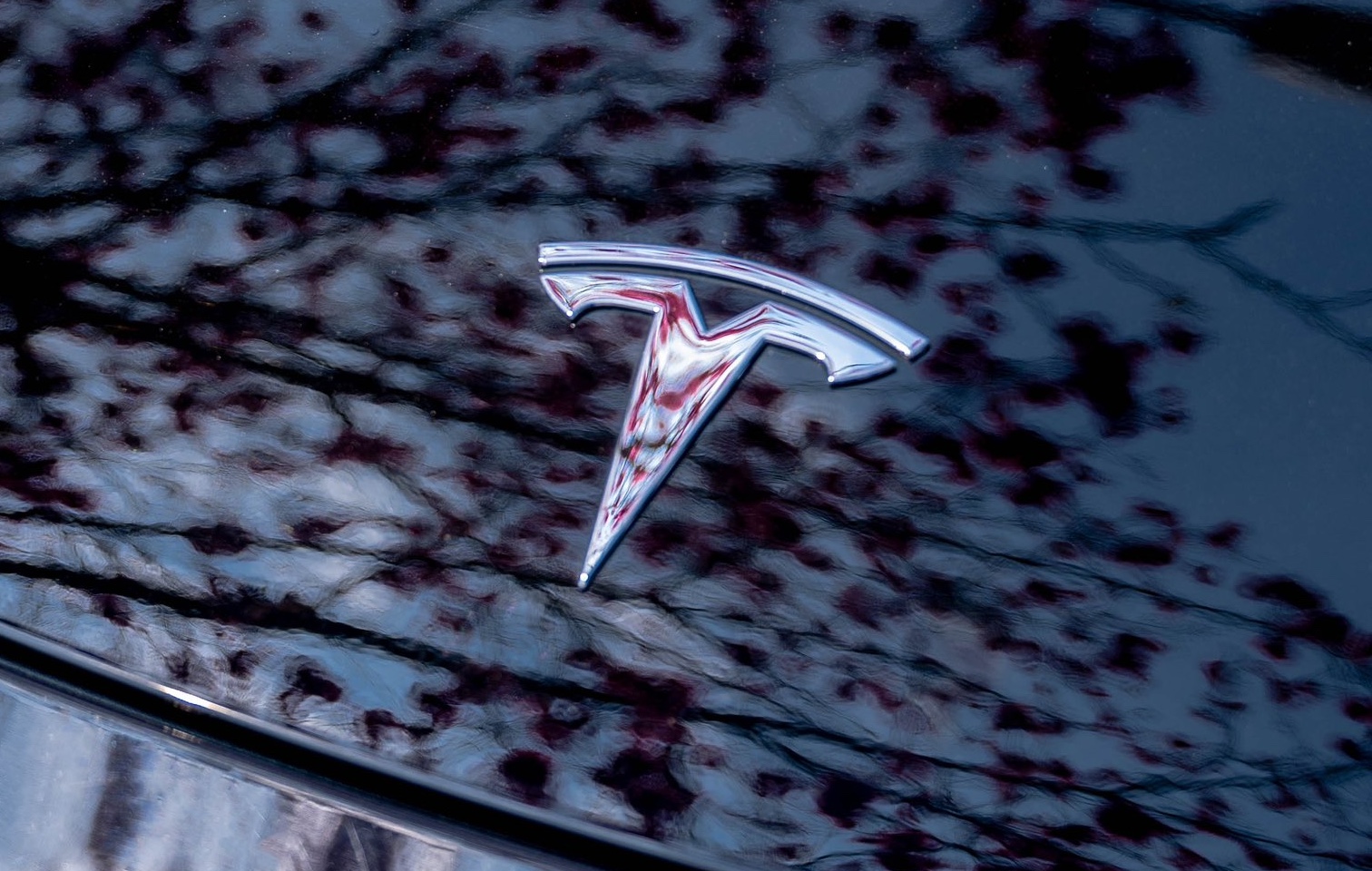
Canadian officials have cleared Tesla following an investigation into a large number of claims submitted to the country’s electric vehicle (EV) rebates earlier this year.
Transport Canada has ruled that there was no evidence of fraud after Tesla submitted 8,653 EV rebate claims for the country’s Incentives for Zero-Emission Vehicles (iZEV) program, as detailed in a report on Friday from The Globe and Mail. Despite the huge number of claims, Canadian authorities have found that the figure represented vehicles that had been delivered prior to the submission deadline for the program.
According to Transport Minister Chrystia Freeland, the claims “were determined to legitimately represent cars sold before January 12,” which was the final day for OEMs to submit these claims before the government suspended the program.
Upon initial reporting of the Tesla claims submitted in January, it was estimated that they were valued at around $43 million. In March, Freeland and Transport Canada opened the investigation into Tesla, noting that they would be freezing the rebate payments until the claims were found to be valid.
READ MORE ON ELECTRIC VEHICLES: EVs getting cleaner more quickly than expected in Europe: study
Huw Williams, Canadian Automobile Dealers Association Public Affairs Director, accepted the results of the investigation, while also questioning how Tesla knew to submit the claims that weekend, just before the program ran out.
“I think there’s a larger question as to how Tesla knew to run those through on that weekend,” Williams said. “It doesn’t appear to me that we have an investigation into any communication between Transport Canada and Tesla, between officials who may have shared information inappropriately.”
Tesla sales have been down in Canada for the first half of this year, amidst turmoil between the country and the Trump administration’s tariffs. Although Elon Musk has since stepped back from his role with the administration, a number of companies and officials in Canada were calling for a boycott of Tesla’s vehicles earlier this year, due in part to his association with Trump.
News
Tesla Semis to get 18 new Megachargers at this PepsiCo plant
PepsiCo is set to add more Tesla Semi Megachargers, this time at a facility in North Carolina.
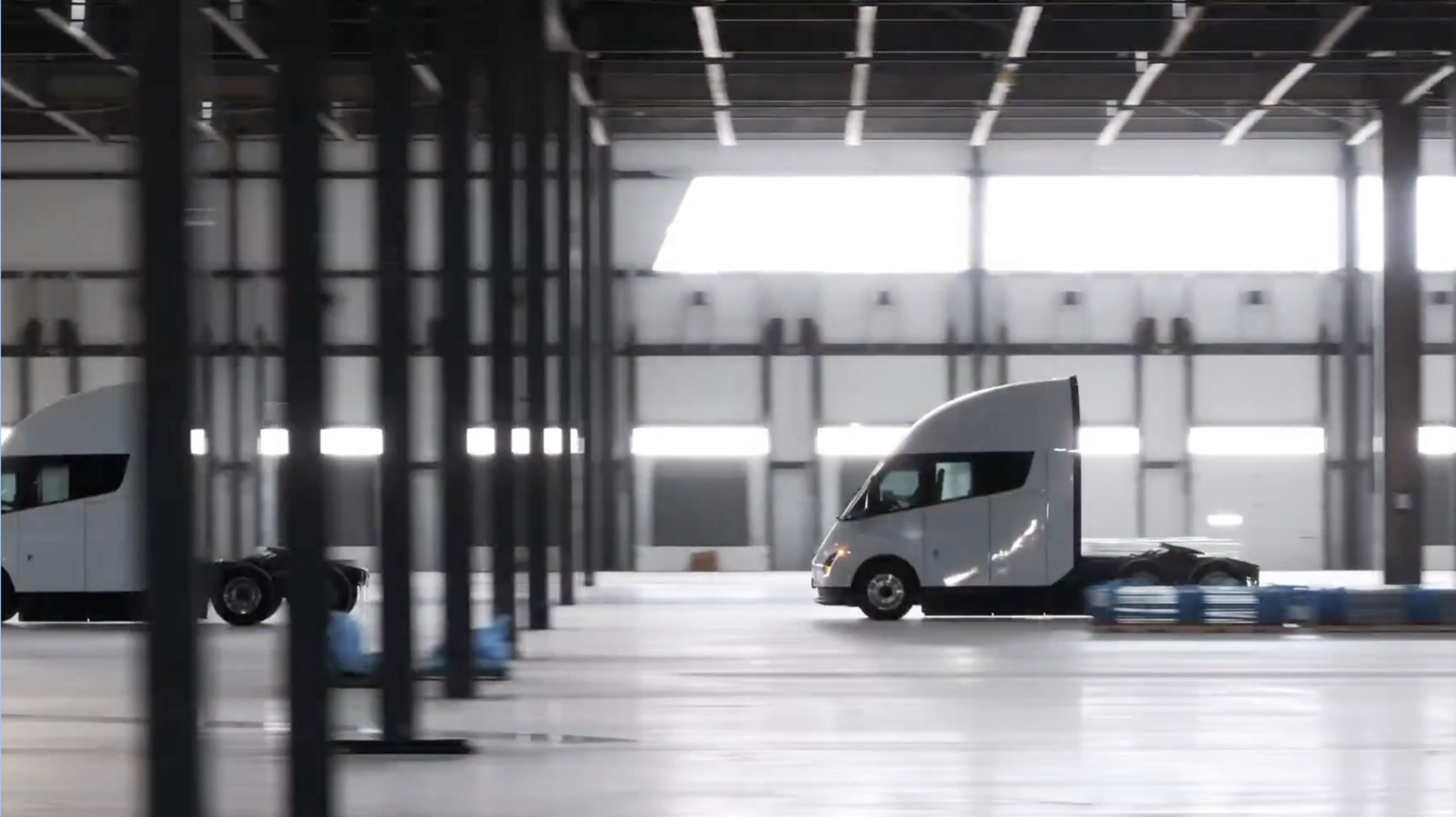
Tesla partner PepsiCo is set to build new Semi charging stations at one of its manufacturing sites, as revealed in new permitting plans shared this week.
On Friday, Tesla charging station scout MarcoRP shared plans on X for 18 Semi Megacharging stalls at PepsiCo’s facility in Charlotte, North Carolina, coming as the latest update plans for the company’s increasingly electrified fleet. The stalls are set to be built side by side, along with three Tesla Megapack grid-scale battery systems.
The plans also note the faster charging speeds for the chargers, which can charge the Class 8 Semi at speeds of up to 1MW. Tesla says that the speed can charge the Semi back to roughly 70 percent in around 30 minutes.
You can see the site plans for the PepsiCo North Carolina Megacharger below.
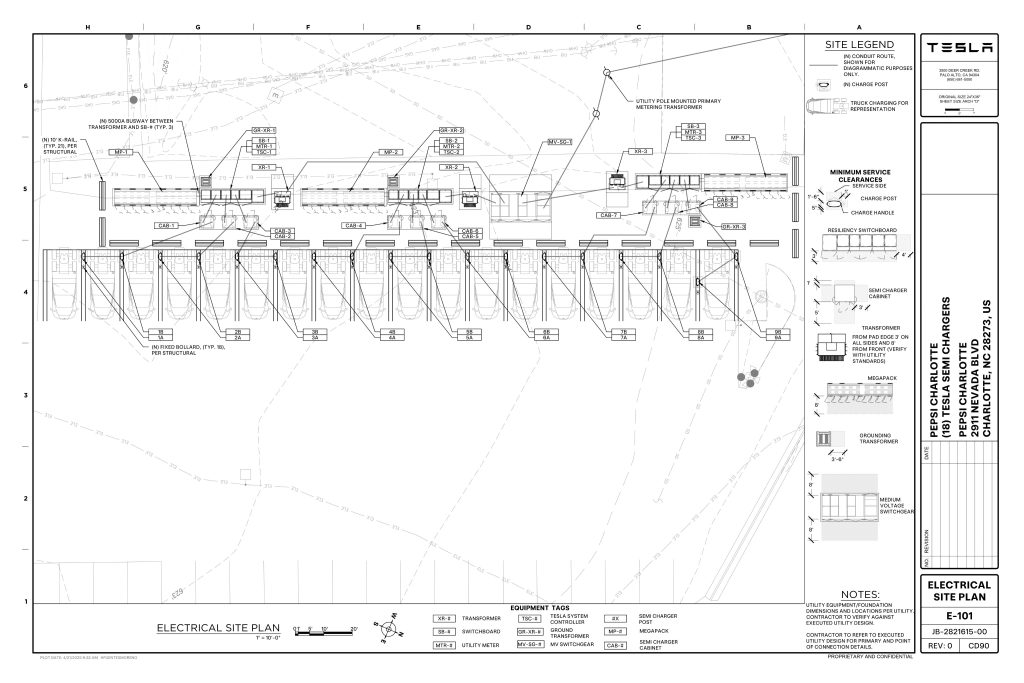
Credit: PepsiCo (via MarcoRPi1 on X)
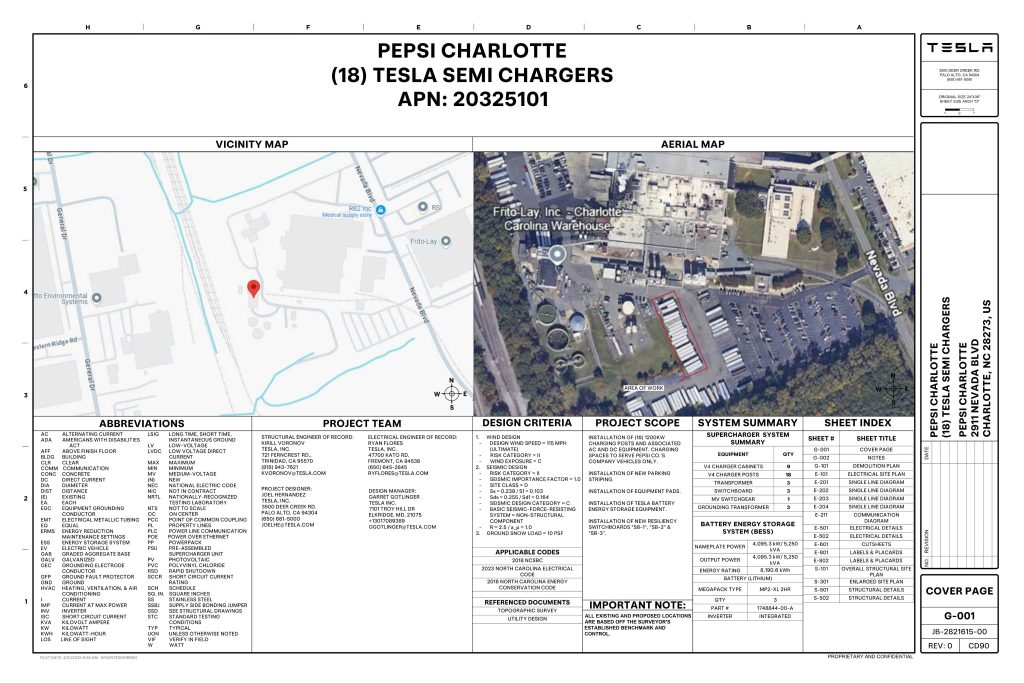
Credit: PepsiCo (via MarcoRPi1 on X)
READ MORE ON THE TESLA SEMI: Tesla to build Semi Megacharger station in Southern California
PepsiCo’s Tesla Semi fleet, other Megachargers, and initial tests and deliveries
PepsiCo was the first external customer to take delivery of Tesla’s Semis back in 2023, starting with just an initial order of 15. Since then, the company has continued to expand the fleet, recently taking delivery of an additional 50 units in California. The PepsiCo fleet was up to around 86 units as of last year, according to statements from Semi Senior Manager Dan Priestley.
Additionally, the company has similar Megachargers at its facilities in Modesto, Sacramento, and Fresno, California, and Tesla also submitted plans for approval to build 12 new Megacharging stalls in Los Angeles County.
Over the past couple of years, Tesla has also been delivering the electric Class 8 units to a number of other companies for pilot programs, and Priestley shared some results from PepsiCo’s initial Semi tests last year. Notably, the executive spoke with a handful of PepsiCo workers who said they really liked the Semi and wouldn’t plan on going back to diesel trucks.
The company is also nearing completion of a higher-volume Semi plant at its Gigafactory in Nevada, which is expected to eventually have an annual production capacity of 50,000 Semi units.
Tesla executive teases plan to further electrify supply chain
News
Tesla sales soar in Norway with new Model Y leading the charge
Tesla recorded a 54% year-over-year jump in new vehicle registrations in June.
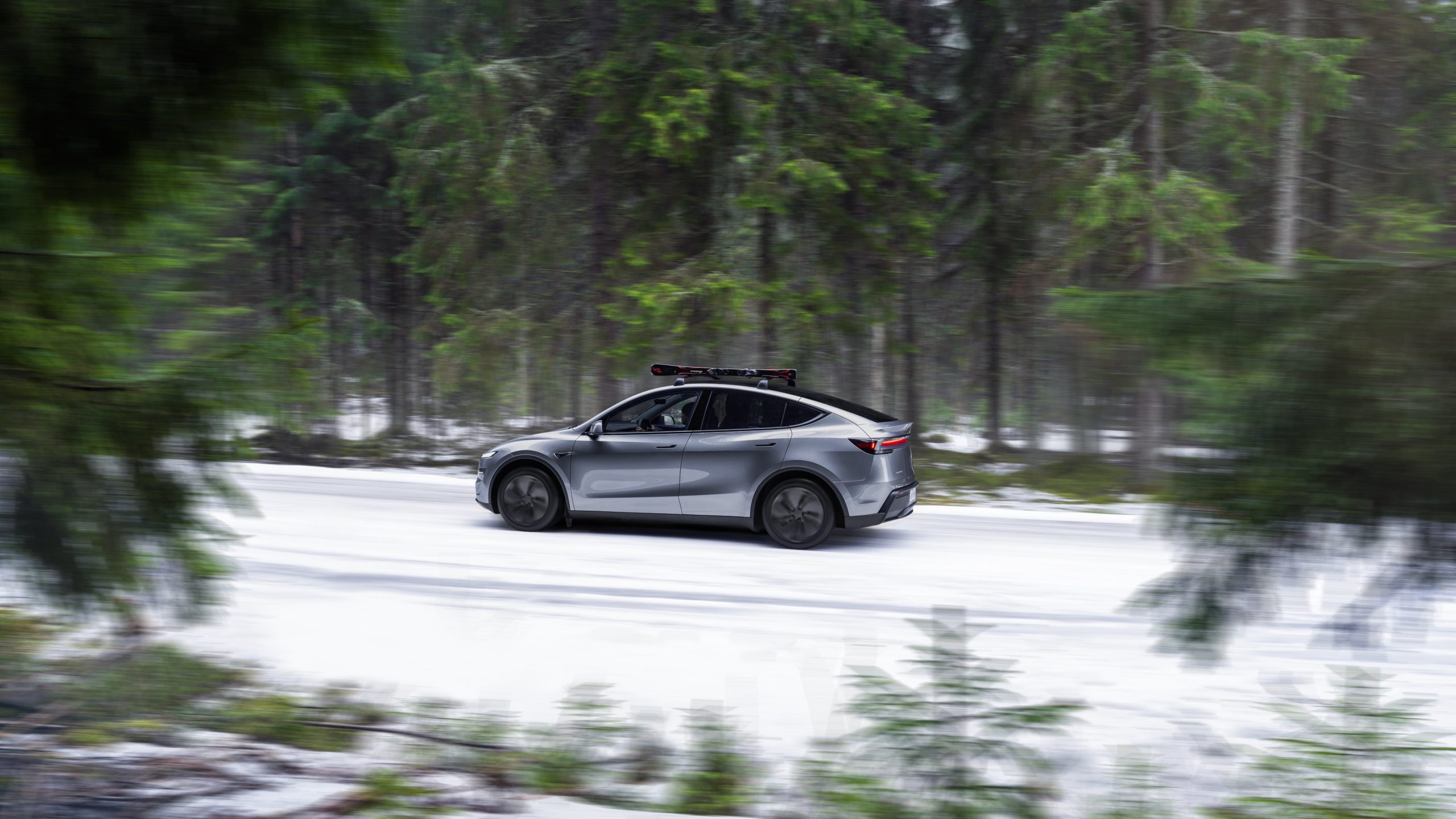
Tesla is seeing strong momentum in Norway, with sales of the new Model Y helping the company maintain dominance in one of the world’s most electric vehicle-friendly markets.
Model Y upgrades and consumer preferences
According to the Norwegian Road Federation (OFV), Tesla recorded a 54% year-over-year jump in new vehicle registrations in June. The Model Y led the charge, posting a 115% increase compared to the same period last year. Tesla Norway’s growth was even more notable in May, with sales surging a whopping 213%, as noted in a CNBC report.
Christina Bu, secretary general of the Norwegian EV Association (NEVA), stated that Tesla’s strong market performance was partly due to the updated Model Y, which is really just a good car, period.
“I think it just has to do with the fact that they deliver a car which has quite a lot of value for money and is what Norwegians need. What Norwegians need, a large luggage space, all wheel drive, and a tow hitch, high ground clearance as well. In addition, quite good digital solutions which people have gotten used to, and also a charging network,” she said.
Tesla in Europe
Tesla’s success in Norway is supported by long-standing government incentives for EV adoption, including exemptions from VAT, road toll discounts, and access to bus lanes. Public and home charging infrastructure is also widely available, making the EV ownership experience in the country very convenient.
Tesla’s performance in Europe is still a mixed bag, with markets like Germany and France still seeing declines in recent months. In areas such as Norway, Spain, and Portugal, however, Tesla’s new car registrations are rising. Spain’s sales rose 61% and Portugal’s sales rose 7% last month. This suggests that regional demand may be stabilizing or rebounding in pockets of Europe.
-

 Elon Musk2 weeks ago
Elon Musk2 weeks agoTesla investors will be shocked by Jim Cramer’s latest assessment
-

 Elon Musk2 days ago
Elon Musk2 days agoxAI launches Grok 4 with new $300/month SuperGrok Heavy subscription
-

 Elon Musk4 days ago
Elon Musk4 days agoElon Musk confirms Grok 4 launch on July 9 with livestream event
-

 News1 week ago
News1 week agoTesla Model 3 ranks as the safest new car in Europe for 2025, per Euro NCAP tests
-

 Elon Musk2 weeks ago
Elon Musk2 weeks agoA Tesla just delivered itself to a customer autonomously, Elon Musk confirms
-

 Elon Musk1 week ago
Elon Musk1 week agoxAI’s Memphis data center receives air permit despite community criticism
-

 News2 weeks ago
News2 weeks agoXiaomi CEO congratulates Tesla on first FSD delivery: “We have to continue learning!”
-

 News2 weeks ago
News2 weeks agoTesla sees explosive sales growth in UK, Spain, and Netherlands in June


